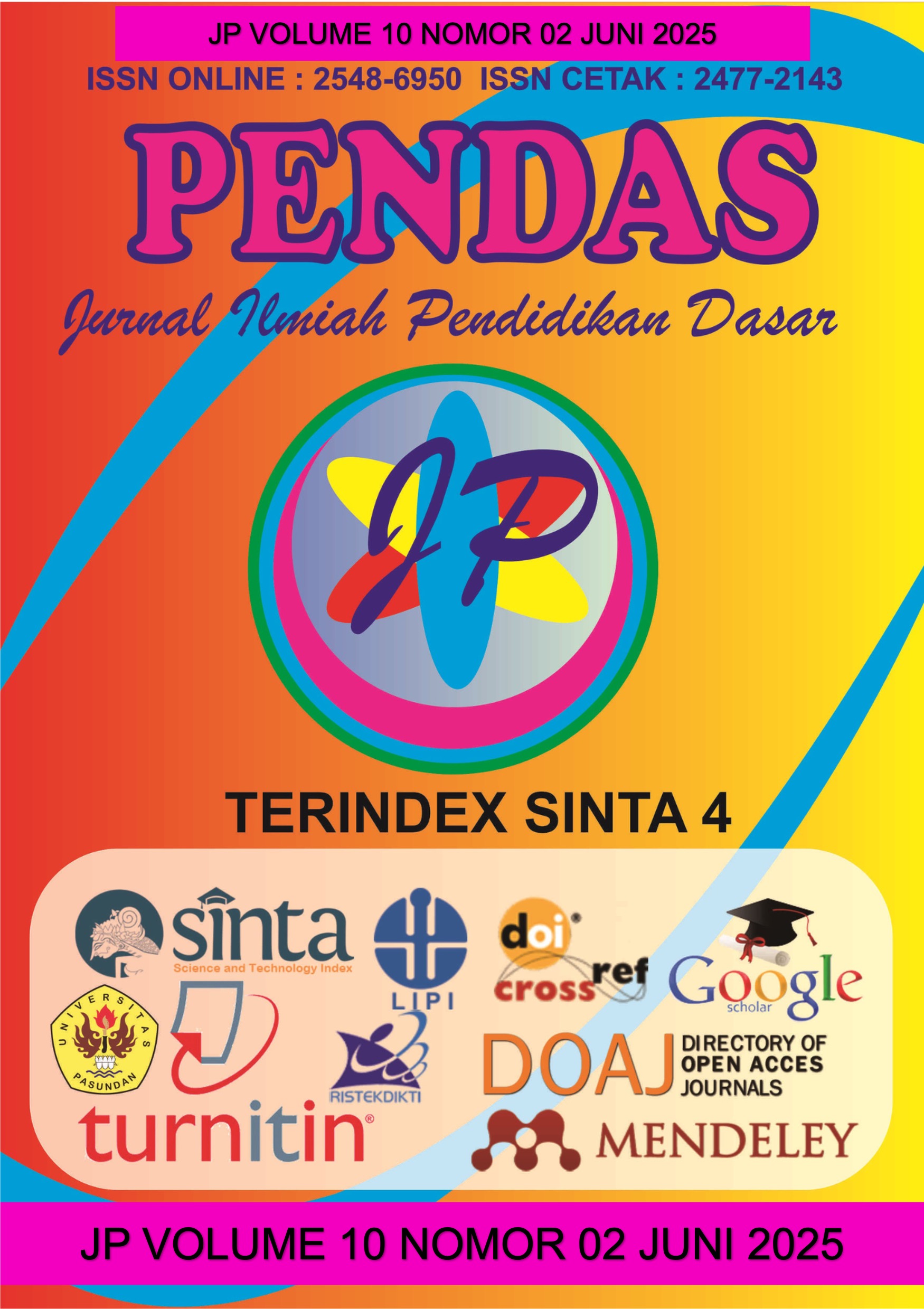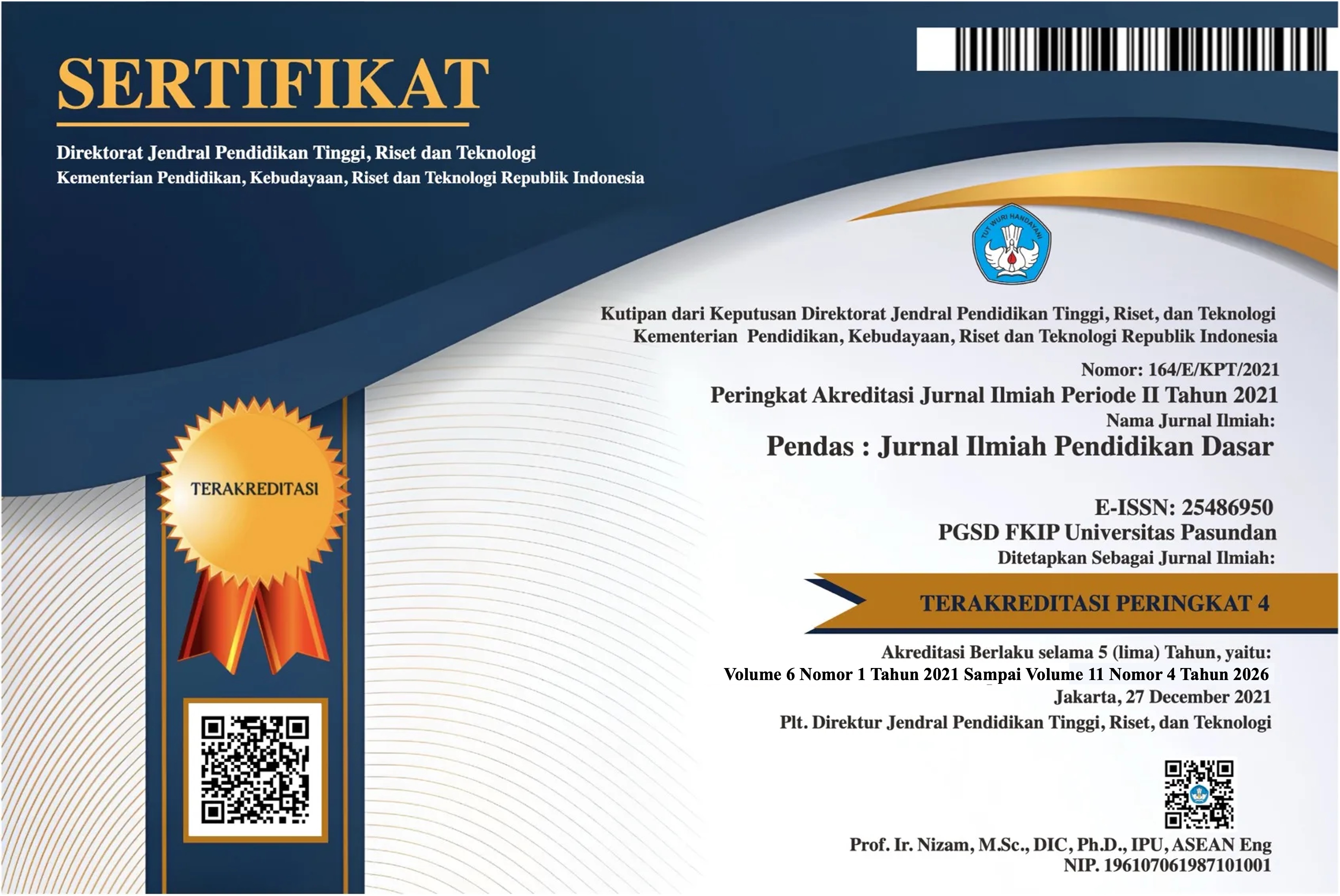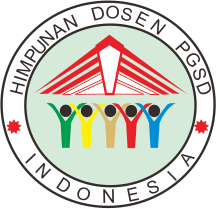THE IMPACT OF ARTIFICIAL INTELLIGENCE ON THE TRANSLATION PROFESSION: A COMPETENCY-BASED ANALYSIS
DOI:
https://doi.org/10.23969/jp.v10i02.24274Keywords:
Artificial Intelligence, Post-Editing, Translator, competency, CAT toolAbstract
This study explores the impact of artificial intelligence (AI) on the translation profession through a competency-based lens. It investigates how AI has changed the work pattern of translators and identifies both technical and non-technical competencies essential for translators to remain relevant in the AI era. Using a qualitative descriptive method, data were collected through semi-structured interviews with professional translators who are members of the Indonesian Translators Association (HPI) in South Sulawesi. The findings indicate that while AI improves time efficiency and offers translation assistance, it still cannot replace human involvement in cultural and contextual translation aspects. The study highlights key skills required by translators such as CAT tool proficiency, post-editing capabilities, cultural awareness, critical and analytical thinking, decision-making, and endurance. These results provide practical implications for translator education and professional development in the age of automation.
Downloads
References
Aiken, M. (2019). An updated evaluation of Google Translate accuracy. Studies in Linguistics and Literature, 3(3), 253. https://doi.org/10.22158/sll.v3n3p253
Ariyanti, M. L., Tanjung, S., & Nurdiansyah, D. (2019). Hubungan kompetensi penerjemah dan kualitas terjemahan. [Artikel tidak dipublikasikan atau sumber tidak lengkap — perlu verifikasi lebih lanjut.]
Bahdanau, D., Cho, K., & Bengio, Y. (2015). Neural machine translation by jointly learning to align and translate. International Conference on Learning Representations (ICLR). https://arxiv.org/abs/1409.0473
Bogdan, R., & Taylor, S. J. (1975). Introduction to qualitative research methods: A phenomenological approach to the social sciences. New York: John Wiley & Sons.
Bowker, L. (2002). Computer-aided translation technology: A practical introduction. Ottawa: University of Ottawa Press.
Bowker, L., & Ciro, J. (2020). Machine translation and globalization: The future of the translation profession. Journal of Multilingual and Multicultural Development, 41(7), 603–617. https://doi.org/10.1080/01434632.2019.1684922
Carl, M., Gutermuth, S., & Hansen-Schirra, S. (2017). Post-editing machine translation: Processes and applications. Cham: Springer.
Danks, J. H., & Griffin, J. (1997). Reading and translation: Theory and practice. Cambridge: Cambridge University Press.
Devlin, J., Chang, M.-W., Lee, K., & Toutanova, K. (2019). BERT: Pre-training of deep bidirectional transformers for language understanding. https://arxiv.org/abs/1810.04805
Dorr, B. J., & Jordan, P. W. (2021). The role of human translators in the age of artificial intelligence: A comprehensive review. Language Resources and Evaluation, 55(3), 733–754. https://doi.org/10.1007/s10579-020-09514-4
Garcia, I. (2019). Translating by post-editing: Is it the way forward? Journal of Specialised Translation, 32, 10–21.
Herbig, N., Pal, S., van Genabith, J., & Krüger, A. (2019). Integrating artificial and human intelligence for efficient translation. German Research Center for Artificial Intelligence (DFKI). https://doi.org/10.48550/arXiv.1903.02978
House, J. (2018). Translation as communication across languages and cultures. London: Routledge.
Hutchins, W. J. (2005). The history of machine translation in a nutshell. Retrieved from http://www.hutchinsweb.me.uk/Nutshell-2005.pdf
Kirov, V., & Malamin, B. (2022). Are translators afraid of artificial intelligence? Societies, 12(2), 70. https://doi.org/10.3390/soc12020070
Koehn, P., & Knowles, R. (2017). Six challenges for neural machine translation. First Workshop on Neural Machine Translation, 28–39. https://arxiv.org/abs/1706.03872
Koehn, P., Och, F. J., & Marcu, D. (2003). Statistical phrase-based translation. Human Language Technology Conference of the NAACL, 48–54. https://doi.org/10.3115/1073445.1073462
Koponen, M., Aziz, W., Ramos, L., & Specia, L. (2020). Post-editing productivity with neural machine translation: An empirical analysis. Machine Translation, 34(1), 55–74. https://doi.org/10.1007/s10590-020-09238-6
Liu, Y., et al. (2019). RoBERTa: A robustly optimized BERT pretraining approach. https://arxiv.org/abs/1907.11692
Massey, G., & Ehrensberger-Dow, M. (2020). Cognitive and physical ergonomics of translation: Advancing the field. Translation, Cognition & Behavior, 3(1), 45–61.
Mellinger, C. D., & Hanson, T. A. (2020). Quantifying the impact of machine translation on translator work processes. Translation and Interpreting Studies, 15(2), 224–245.
Mohamed, Y. A., et al. (2024). The impact of artificial intelligence on language translation: A review. IEEE Access, 12, 25553–25579. https://doi.org/10.1109/ACCESS.2024.3366802
Moorkens, J. (2020). "A tiny cog in a large machine": Digital Taylorism in the translation industry. Translation Spaces, 9(1), 12–34.
Moorkens, J., Castilho, S., Gaspari, F., & Doherty, S. (2018). Translation technology landscape report. European Association for Machine Translation.
Munday, J. (2016). Introducing translation studies: Theories and applications (4th ed.). London: Routledge.
Nazir, M. (1988). Metode penelitian. Jakarta: Ghalia Indonesia.
Newmark, P. (1988). A textbook of translation. New York: Prentice Hall.
Nitzke, J., & Hansen-Schirra, S. (2021). A short guide to post-editing. Berlin: Language Science Press. https://doi.org/10.5281/zenodo.5646896
O’Brien, S. (2019). Machine translation and human translators: Will translators become superfluous? The Translator, 25(2), 133–147.
Pennington, J., Socher, R., & Manning, C. D. (2014). GloVe: Global vectors for word representation. https://nlp.stanford.edu/projects/glove/
Pym, A. (2017). Exploring translation theories (2nd ed.). London: Routledge.
Repelita, F., et al. (2023). Technology trends in translation: A comparative analysis of machine and human translation. Absorbent Mind, 3(2). https://doi.org/10.37680/absorbent_mind.v3i2.4486
Rugaiyah, R. (2023). The potential of artificial intelligence in improving linguistic competence: A systematic literature review. Arkus, 9(2), 319–324. https://doi.org/10.37275/arkus.v9i2.313
Siu, S. C. (2023). ChatGPT and GPT-4 for professional translators: Exploring the potential of large language models in translation. SSRN Electronic Journal. https://doi.org/10.2139/ssrn.4448091
Toral, A., & Way, A. (2018). What level of quality can neural machine translation attain on literary text? Translation Quality Assessment, 263–287.
Vaswani, A., et al. (2017). Attention is all you need. Advances in Neural Information Processing Systems (NIPS). https://arxiv.org/abs/1706.03762
Venuti, L. (1995). The translator’s invisibility: A history of translation. London: Routledge.
Vieira, L. N., & Alonso, E. (2019). Translating in the era of Google Translate: Examining post-editing approaches. Perspectives, 27(4), 482–496.
Wang, L. (2023). The impacts and challenges of artificial intelligence translation tool on translation professionals. SHS Web of Conferences, 163, 02021. https://doi.org/10.1051/shsconf/202316302021
Woodsworth, J. (2012). Translators through history. Amsterdam: John Benjamins Publishing Company. https://books.google.com
Downloads
Published
Issue
Section
License
Copyright (c) 2025 Pendas : Jurnal Ilmiah Pendidikan Dasar

This work is licensed under a Creative Commons Attribution 4.0 International License.



















